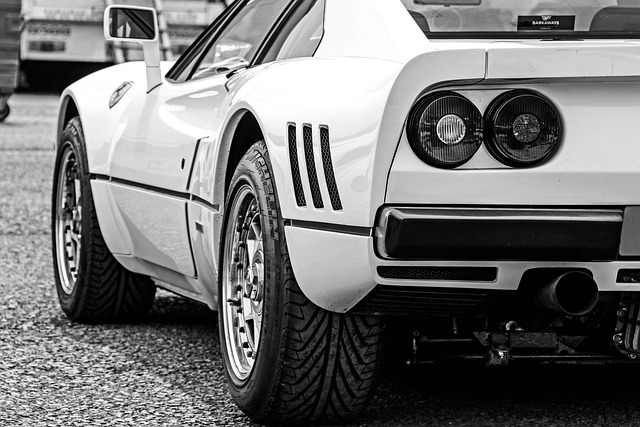5 Common Mistakes to Avoid When Flushing Your Radiator
4th Aug 2023

Is your vehicle overdue for a radiator flush? Coolant doesn't last forever. Over time, the corrosion-inhibiting chemicals in it will degrade. It may still prevent your vehicle's engine from overheating, but old coolant may contribute to rust and corrosion. A radiator flush will allow you to remove the old coolant and replace it with fresh, new coolant. There are several mistakes you should avoid, however, when flushing your vehicle's radiator.
#1) Not Removing the Thermostat
Failure to remove the thermostat is a serious mistake. Thermostats are valve-like devices that control the flow of coolant in response to the temperature. Your vehicle's thermostat will open when the coolant is hot. It will close, on the other hand, when the coolant is cold. If you don't remove the thermostat, you may not be able to flush all of the old coolant out of your vehicle's radiator because it will be closed.
#2) Only Flushing the Reservoir or Overflow Tank
Some motorists make the mistake of only flushing their vehicle's coolant reservoir or overflow tank. Coolant is stored in two places: the radiator and the reservoir or overflow tank. The radiator is where most of your vehicle's coolant is stored. Only the "extra" coolant that occurs through thermal expansion is stored in the reservoir or overflow tank.
#3) Flushing With a Hot Engine
Never attempt a radiator flush with a hot engine. Radiators are designed to operate under pressure. Some of them operate under 13 pounds per square inch (PSI) of pressure, whereas others operate under 19 PSI or higher. If the engine is hot, the radiator will be pressurized, which could result in hot coolant being sprayed out.
#4) Refilling With Water
Water isn't a substitute for coolant. You can't drain the old coolant from your vehicle's radiator and refill it with water. Most types of coolant use a 50/50 mixture of distilled water and antifreeze. Distilled water, of course, is pure water. It doesn't contain any minerals or contaminants. Antifreeze, in comparison, is designed to lower the freezing point of the coolant. If you refill your vehicle's radiator with water, especially tap water, you may damage the cooling system.
#5) Not Placing Radiator Cap Back on Properly
Make sure the radiator cap is secure after flushing your vehicle's radiator. While small in size, the radiator cap plays a big role in your vehicle's cooling system. It ensures that the radiator is properly sealed while simultaneously regulating the pressure. If you place the radiator cap back on the radiator but fail to twist it all the way, the radiator may not hold pressure. This can result in coolant turning to steam and, thus, causing your vehicle's engine to overheat.

